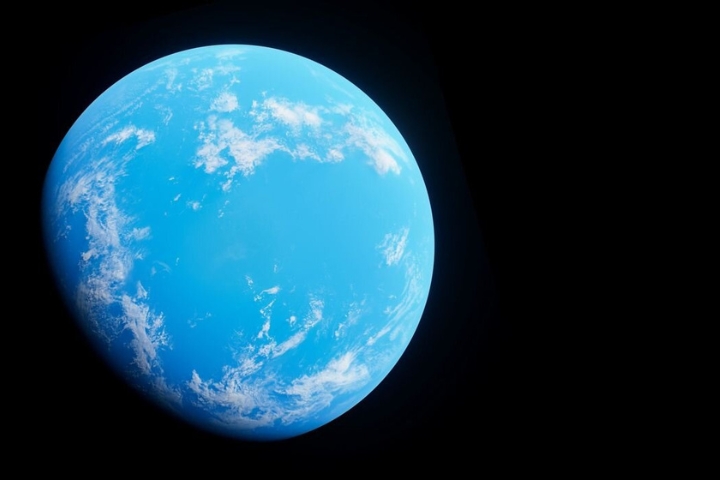Mars was once a lively planet with a dense atmosphere and bodies of water billions of years ago. Today, however, it has transformed into a cold, arid desert, and the thick atmosphere has disappeared.
Researchers Investigate Martian Clay
In their search for the lost atmosphere, two geologists from MIT suspect that it may be concealed within the clay-rich crust of Mars.
The study suggests that Martian clay has the capacity to retain nearly 80 percent of the planet’s original atmosphere.
“Around 3.5 billion years ago, the water dried up, and the air, once heavy with carbon dioxide, dramatically thinned, leaving only the wisp of an atmosphere that clings to the planet today,” the researchers said.
According to the researchers, ancient water that seeped through Mars’ rocks may have triggered a series of chemical reactions, converting CO2 into methane, which was subsequently trapped in the planet’s clay for billions of years.
This process is similar to those occurring in certain regions on Earth.
“We Show That Similar Processes Likely Operated On Mars”
The team examined rock-gas interactions on Earth to gain insights into similar processes taking place on Mars.
“Based on our findings on Earth, we show that similar processes likely operated on Mars and that copious amounts of atmospheric CO2 could have transformed to methane and been sequestered in clays,” stated Oliver Jagoutz, who is the study author and professor of geology at MIT’s Department of Earth, Atmospheric and Planetary Sciences (EAPS), reported by Wionews.
“We know this process happens, and it is well-documented on Earth. And these rocks and clays exist on Mars. So, we wanted to try and connect the dots,” Jagoutz added.
Due to the differences in tectonic activity between Mars and Earth, the team sought to understand the origins of the clays found on Mars.
In their previous research, the team stated that smectites can store carbon for “billions of years.”
“These smectite clays have so much capacity to store carbon. So then we used existing knowledge of how these minerals are stored in clays on Earth, and extrapolated to say: if the Martian surface has this much clay in it, how much methane can you store in those clays?” Dr Murray stated.





GIPHY App Key not set. Please check settings